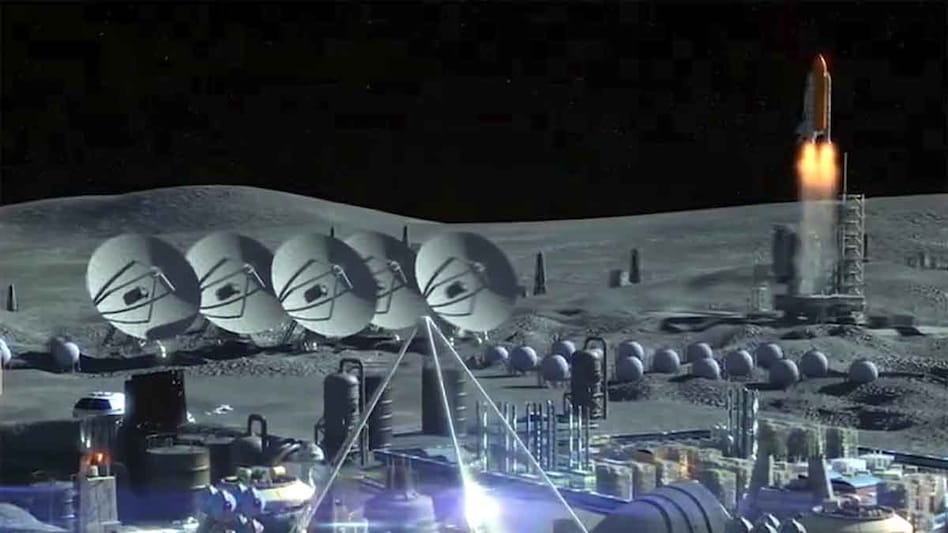 if the tech holds up, it could slash the cost of construction in space and change lunar habitation forever. (Representational photo)
if the tech holds up, it could slash the cost of construction in space and change lunar habitation forever. (Representational photo)  if the tech holds up, it could slash the cost of construction in space and change lunar habitation forever. (Representational photo)
if the tech holds up, it could slash the cost of construction in space and change lunar habitation forever. (Representational photo) China is preparing to 3D-print bricks on the moon using lunar soil — an audacious plan that could transform the way humans build in space. Slated for launch around 2028, the Chang’e 8 mission is not just another lunar visit; it’s a key step toward building the International Lunar Research Station, China’s planned outpost at the moon’s south pole. And if the tech holds up, it could slash the cost of construction in space and change lunar habitation forever.
Launching heavy payloads to the moon is notoriously expensive. That’s why the Chang’e 8 mission is focused on in-situ resource utilisation — using lunar soil, or regolith, to produce construction materials directly on the moon.
The centerpiece of the mission is a solar-powered device developed by the Chinese Lunar Exploration Program, designed to turn moon dust into bricks. “Now we have developed the world’s first device that produces bricks made of lunar soil. This system harnesses sunlight, collects solar energy, and transmits it to the moon using fiber optics,” said Wu Weiren, the program’s chief designer, in an interview with China Central Television (CCTV).
By focusing sunlight, the system reaches temperatures between 1,400 and 1,500 degrees Celsius — enough to melt lunar regolith. “By concentrating the sunlight, we can achieve temperatures between 1400 to 1500 degrees Celsius… Our device then utilizes 3D printing technology to shape the molten material into bricks of various specifications,” Wu added.
The method eliminates reliance on Earth-supplied materials. “This approach allows us to utilize resources found on the moon, free from transporting water and other materials from the Earth,” Wu said. That could dramatically reduce the cost and logistical challenges of building on the lunar surface.
Chang’e 8 is also key to establishing the International Lunar Research Station, a proposed permanent base at the moon’s south pole. The area is a hotspot for exploration due to suspected water ice hidden in perpetually shadowed craters.
China is already testing the tech. Bricks made from lunar soil simulants are undergoing durability tests on the Tiangong space station. Over three years, these materials will be exposed to the same extreme conditions they’d face on the moon — radiation, vacuum and temperature swings.
Before Chang’e 8 lifts off, Chang’e 7 will scout the south pole in 2026. That mission will include instruments and a hopping robot to search for signs of water ice in craters. The findings will shape the future of lunar construction and base locations.
With astronauts set to land on the moon before 2030, China’s vision for a permanent lunar foothold is rapidly taking shape — brick by solar-fused brick.
Copyright©2025 Living Media India Limited. For reprint rights: Syndications Today